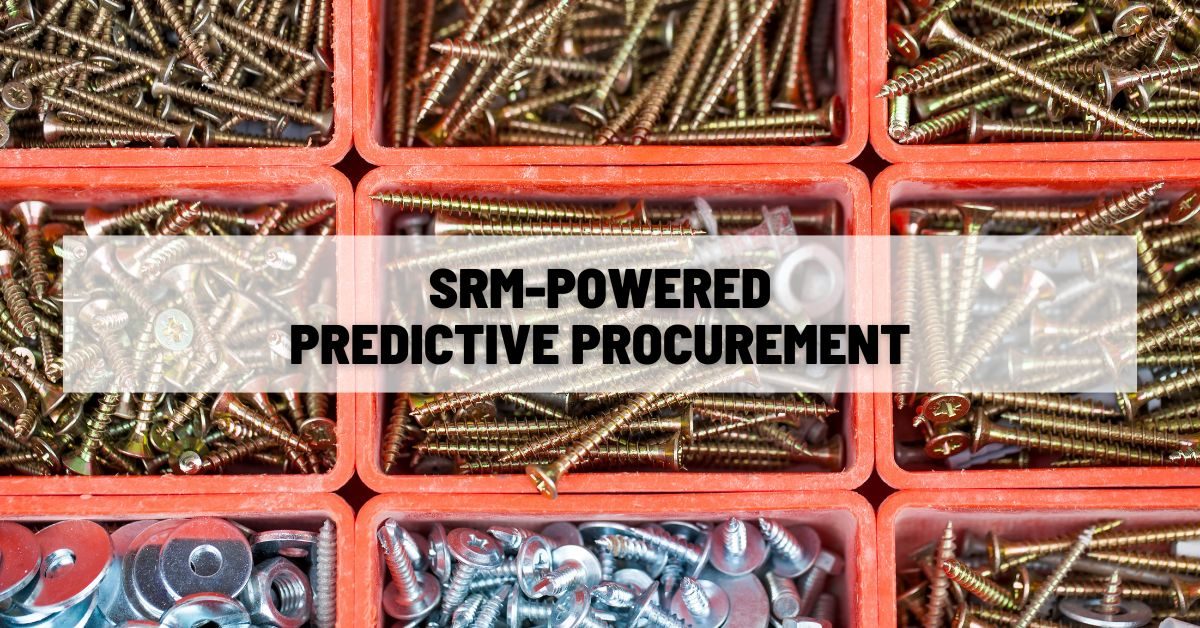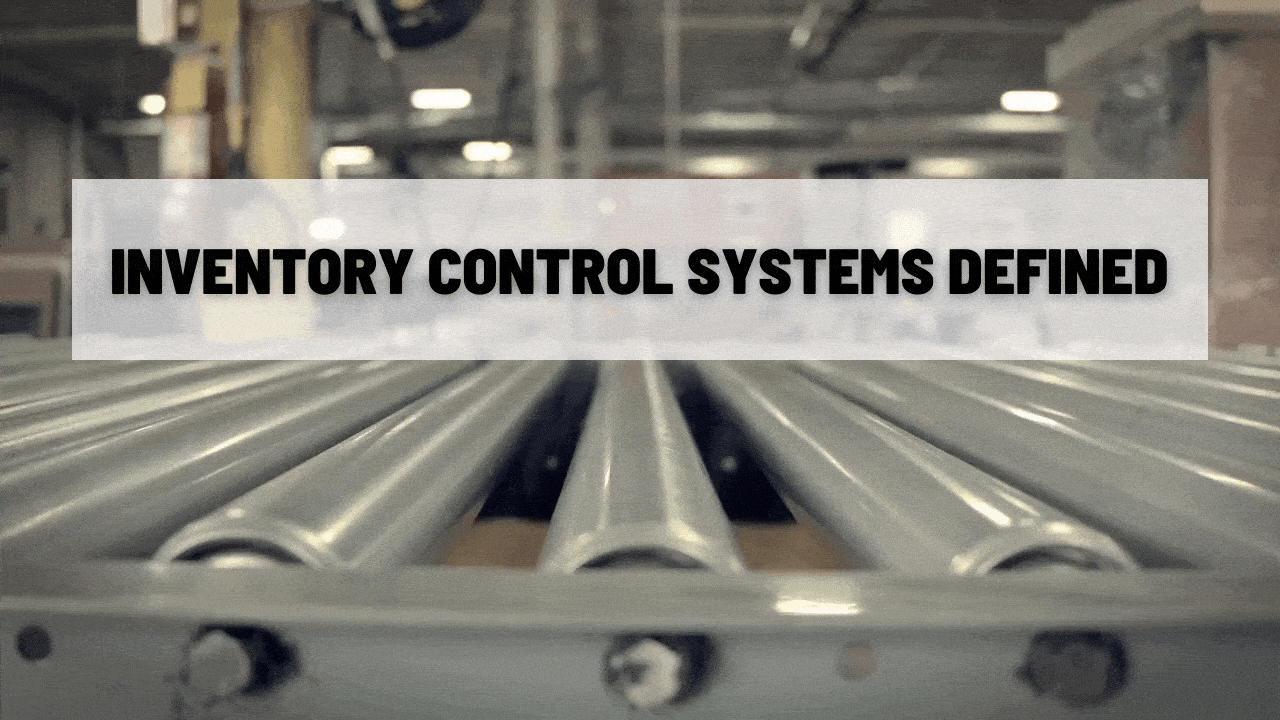
SRM-Powered Predictive Procurement
Supplier Relationship Management (SRM), as you know if you’ve been listening to us ramble about it, refers to the systematic approach to assessing suppliers’ contributions to your business, determining the value they bring, and developing strategies to maximize their performance.
In simpler terms, it’s about building strong, collaborative relationships with key suppliers to ensure smooth and efficient operations.
SRM as a tool has an interesting relationship with predictive procurement.
Predictive procurement uses data and insights to anticipate future needs and make proactive purchasing decisions. Why does that matter? Instead of reacting to shortages or surpluses, you plan ahead to ensure optimal inventory levels and reduce risks.
And that’s very important because purchasing the right amount of raw materials at the right time is a balancing act that can make or break the business.
Put those techniques together, and you have SRM-powered predictive procurement.
SRM-powered predictive procurement is a game-changer for procurement specialists. By reducing risks and enabling proactive procurement, you can ensure that your business always has the right amount of raw materials at the right time.
In short, if you know your suppliers and make good guesses about your own future needs, you can avoid late fulfillment and wasted warehouse space

Enhancing Supplier Collaboration
Effective procurement starts with strong relationships with your suppliers. If you have strong, open relationships with your suppliers, you can turn them into a resource and a partner.
This collaborative approach lets you borrow their business insights. That way, if they have a track record of predicting the future better than other companies, you can benefit from that skill along with them.
With SRM, you can:
- Analyze Historical Data: Use past purchase orders and sales data to identify patterns and estimate future needs.
- Monitor Market Trends: Stay updated on industry trends that could impact your supply chain, such as seasonal demand or new market entrants.
- Collaborate with Suppliers: Share insights with your key suppliers to ensure they can meet your future needs.
For instance, if you’re an industrial supplier, you might notice a trend in increased demand for a specific raw material during the winter months. By analyzing historical data and collaborating with suppliers, you can plan your procurement strategy to ensure you have enough inventory to meet this seasonal spike.
Reducing Risks
Predictive procurement isn’t just about meeting demand; it’s also about mitigating risks. By using SRM tools, you can identify potential risks in your supply chain and take steps to address them proactively.
- Supplier Performance Tracking: Monitor your suppliers’ performance and identify any that consistently fail to meet your standards. This helps you make informed decisions about who to work with.
- Risk Assessment: Evaluate the potential risks associated with different suppliers, such as geopolitical issues, natural disasters, or financial instability.
- Diversification: Spread your procurement across multiple suppliers to reduce the risk of disruptions from a single source.
Imagine you’re relying on a single supplier for a critical raw material, and that supplier experiences a sudden disruption. Without a backup plan, your production could grind to a halt.
However, with SRM-powered predictive procurement, you can identify which materials are most likely to need alternate sources on short notice. If you catch that kind of hiccup before it happens, you can fix it before it ruins your day.

Enabling Proactive Procurement
The ultimate goal of predictive procurement is to shift from a reactive to a proactive approach. Rather than scrambling to address shortages or overages after they occur, SRM tools enable you to anticipate and prevent these issues.
- Automated Reordering: Set up automated reordering triggers based on inventory levels and supplier lead times, ensuring you never run out of essential raw materials.
- Real-Time Inventory Management: Keep track of your inventory in real-time, allowing you to make adjustments on the fly.
- Scenario Planning: Use predictive insights to simulate different scenarios and develop strategies for various potential outcomes.
For example, an industrial supplier using SRM-powered predictive procurement can set automated reordering thresholds for raw materials. When inventory levels dip below a certain point, an order is automatically placed with the supplier, ensuring that production continues smoothly without interruptions.
To find out how AcctVantage ERP can support your ongoing business growth and success, click here to get in touch with us.


